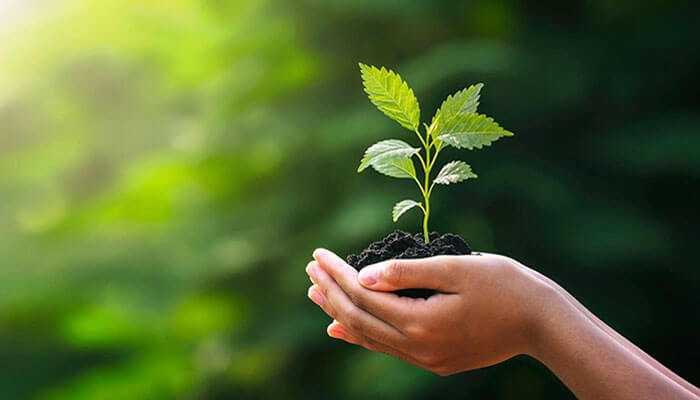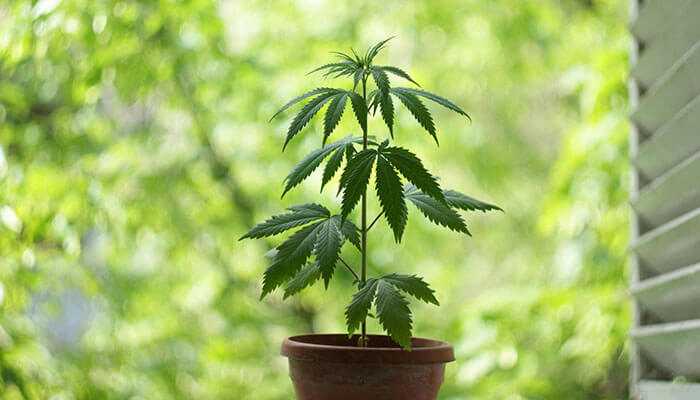Growing weed at home can be a rewarding and fulfilling experience for cannabis enthusiasts. Whether you’re a seasoned grower or a complete beginner, indoor gardening offers a convenient and controlled environment for cultivating your cannabis plants. In this comprehensive guide, we’ll cover everything you need to know to start indoor gardening, from selecting the right equipment to caring for your plants throughout the growing cycle.
Choosing the Right Equipment:
The first step in successful indoor gardening is selecting the right equipment for your setup. Invest in high-quality grow lights, such as LED or HID lights, to provide your plants with the full spectrum of light they need for healthy growth and flowering. Consider factors such as wattage, coverage area, and energy efficiency when choosing grow lights for your indoor garden.
In addition to grow lights, you’ll also need other essential equipment such as grow tents or grow rooms, ventilation systems, fans, and temperature and humidity monitors. Choose a grow tent or room that provides enough space for your plants to grow and allows for easy access and maintenance. Install ventilation systems and fans to ensure proper airflow and prevent heat buildup, and use temperature and humidity monitors to keep track of environmental conditions in your grow space.
When selecting equipment for your indoor garden, it’s essential to consider your budget, space constraints, and personal preferences. Start with the basics and gradually expand your setup as you gain experience and confidence in your indoor gardening skills.
Optimizing Environmental Conditions:
Creating optimal environmental conditions is crucial for successful indoor gardening. Growing weed at home requires specific conditions to thrive, including proper lighting, temperature, humidity, and airflow. By optimizing these environmental factors, you can promote healthy growth and maximize yields in your indoor garden.
Start by ensuring that your plants receive adequate light throughout the day. Position your grow lights at the appropriate distance from your plants to prevent light burn or heat stress, and adjust the light cycle to mimic the natural daylight cycle. Most cannabis plants require 18-24 hours of light during the vegetative stage 12 hours of light, and 12 hours of darkness during the flowering stage.
Maintaining proper temperature and humidity levels is also essential for healthy plant growth. Growing weed at home prefers temperatures between 70-85°F (21-29°C) during the day and slightly cooler temperatures at night. Keep humidity levels between 40-60% during the vegetative stage and 40-50% during the flowering stage to prevent mold and mildew.
Pest Control and Prevention Strategies:
Pests can pose a significant threat to indoor gardens, potentially damaging or destroying your precious cannabis plants if left unchecked. Implementing effective pest control and prevention strategies is essential for protecting your growing weed at home and ensuring a successful harvest.
One of the most essential steps in pest control is to regularly inspect your plants for signs of pest infestation. Look for common pests such as spider mites, aphids, and thrips, as well as symptoms such as yellowing leaves, curled leaves, or small holes in the foliage. If you notice any signs of pests, immediately address the issue before it spreads.
There are several natural and organic methods for controlling pests in indoor gardens. One popular option is to use predatory insects such as ladybugs or lacewings to feed on and control pest populations. You can also use organic insecticidal soaps or neem oil sprays to treat affected plants and deter pests from returning.
In addition to proactive pest control measures, you must practice good hygiene and sanitation in your indoor garden to prevent pests from taking hold. Keep your growing area clean and free from debris, regularly remove dead or decaying plant material, and avoid introducing pests from outside sources.
Managing Nutrient Levels for Optimal Growth:
Proper nutrition is crucial for maximizing growth and yields in indoor gardens. Cannabis plants require a balanced diet of essential nutrients to support healthy growth and flowering, including macronutrients such as nitrogen, phosphorus, and potassium and micronutrients such as calcium, magnesium, and iron.
Start by selecting a high-quality nutrient solution designed specifically for growing weed at home and follow the manufacturer’s recommendations for dilution rates and application schedules. Monitor your plants regularly for signs of nutrient deficiencies or excesses, such as yellowing leaves, stunted growth, or burnt leaf tips, and adjust your nutrient regimen as needed to address any issues that arise.
In addition to providing the right nutrients, it’s essential to maintain proper pH levels in your growing medium to ensure that your plants can absorb nutrients effectively. Cannabis plants prefer slightly acidic soil or growing medium with a pH range between 6.0 and 7.0. Test the pH of your soil or nutrient solution regularly using a pH meter or testing kit, and adjust it as needed using pH-up or pH-down solutions.
Harvesting and Curing Techniques for Premium Quality Buds:
Harvesting and curing your cannabis buds properly is essential for preserving their flavor, potency, and overall quality. When it comes time to harvest your plants, wait until the trichomes are fully developed and milky white or amber in color. Use a magnifying glass or jeweler’s loupe to inspect the trichomes closely and determine the optimal time for harvest.
To harvest your buds, use sharp, clean scissors to trim the branches and remove the individual buds from the plant. Handle the buds gently to avoid damaging the delicate trichomes and preserve their potency and flavor.
Once harvested, it’s essential to properly cure your buds to remove excess moisture and fully develop their flavor and aroma. Place your trimmed buds in glass jars and store them in a cool, dark place with a humidity level between 55-65%. Open the jars regularly to allow fresh air to circulate, and check the buds for signs of mold or mildew.
Curing your buds can take several weeks to months, depending on your preferences and the desired outcome. Be patient and allow the curing process to work its magic, and you’ll be rewarded with premium-quality buds that are smooth, flavorful, and potent.
Caring for Your Plants:
Proper care and maintenance are essential for ensuring the health and vitality of your indoor garden. Monitor your plants regularly for signs of pests, disease, or nutrient deficiencies, and take prompt action to address any issues that arise. Keep your plants well-watered and fertilized according to their specific needs, and prune and train them as needed to promote healthy growth and maximize yields.
In addition to regular care and maintenance, observing and learning from your plants as they grow is essential. Pay attention to their growth patterns, leaf color and texture, and overall health and vitality, and adjust your care routine accordingly. You can become a more skilled and successful indoor gardener by profoundly understanding your plants’ needs and behaviors. Finally, if you are curious about growing weed at home, this article can give you even more tips.
Indoor gardening offers a convenient and controlled environment for cultivating cannabis plants at home.
By selecting the right equipment, optimizing environmental conditions, and providing proper care and maintenance, you can create a thriving indoor garden and enjoy a bountiful harvest of top-quality weeds. So roll up your sleeves, get your hands dirty, and start growing your cannabis at home today!



